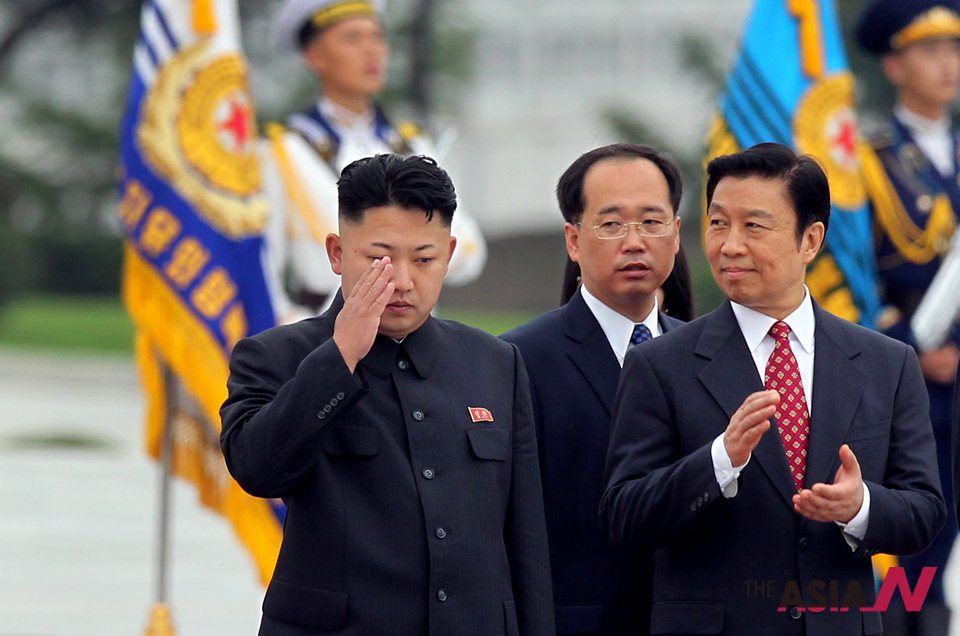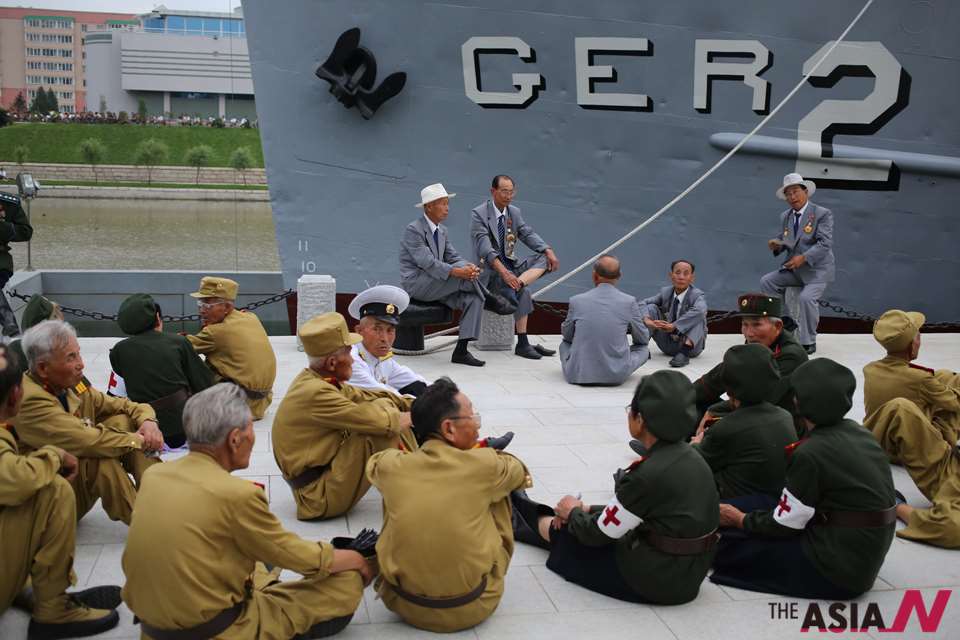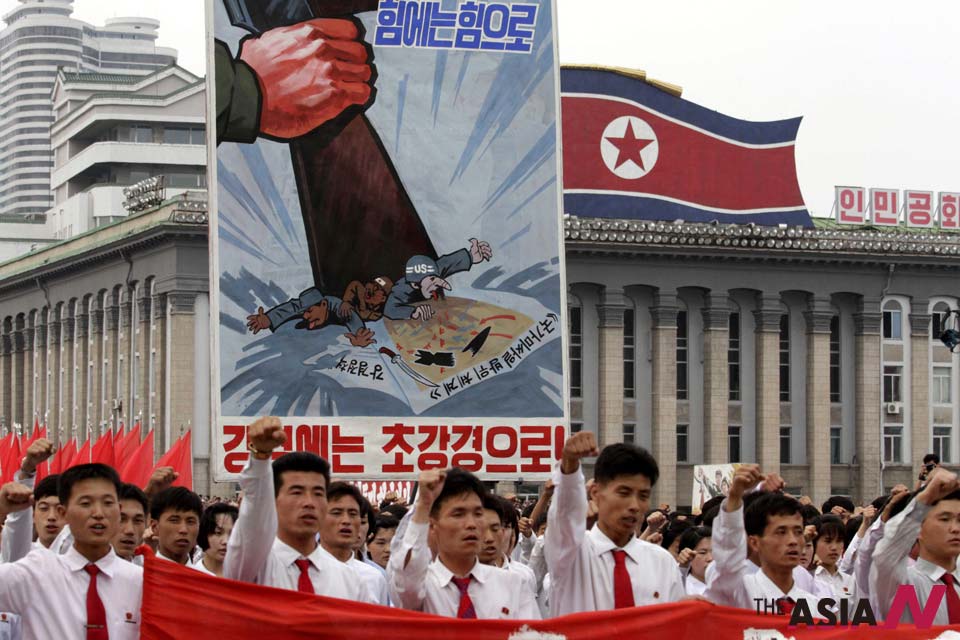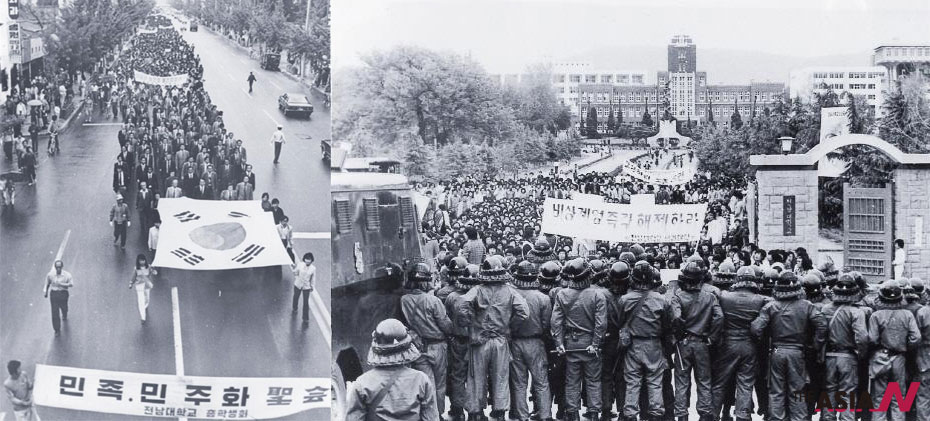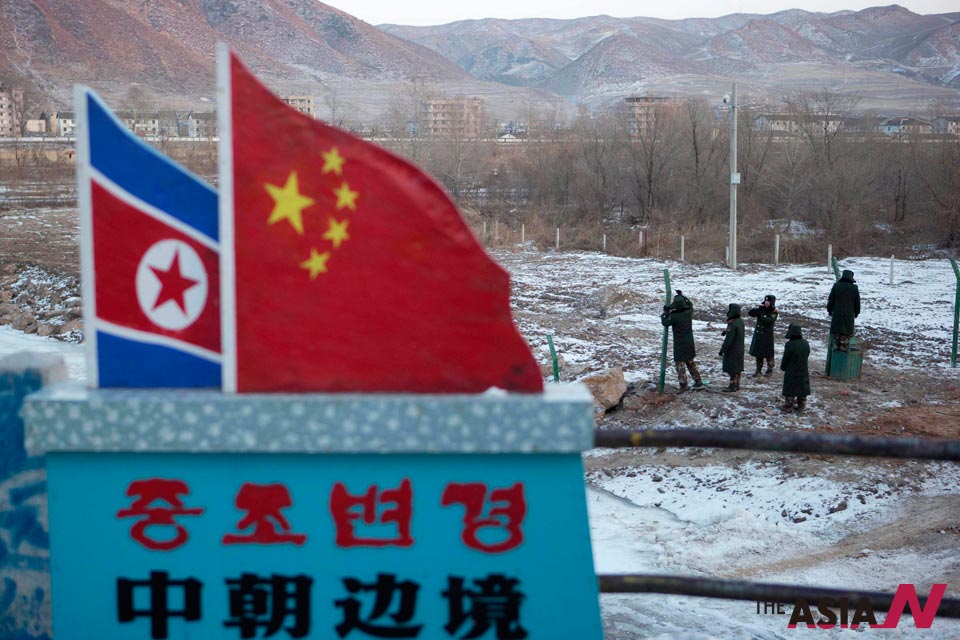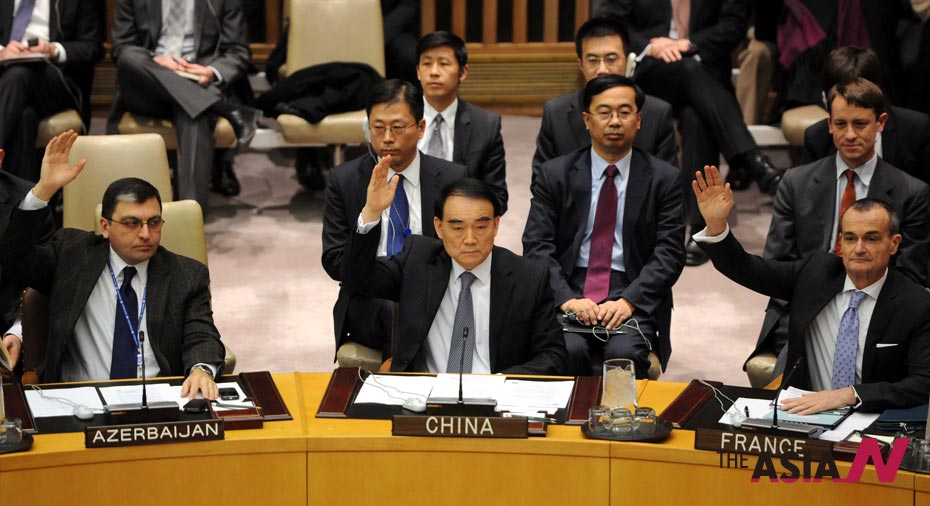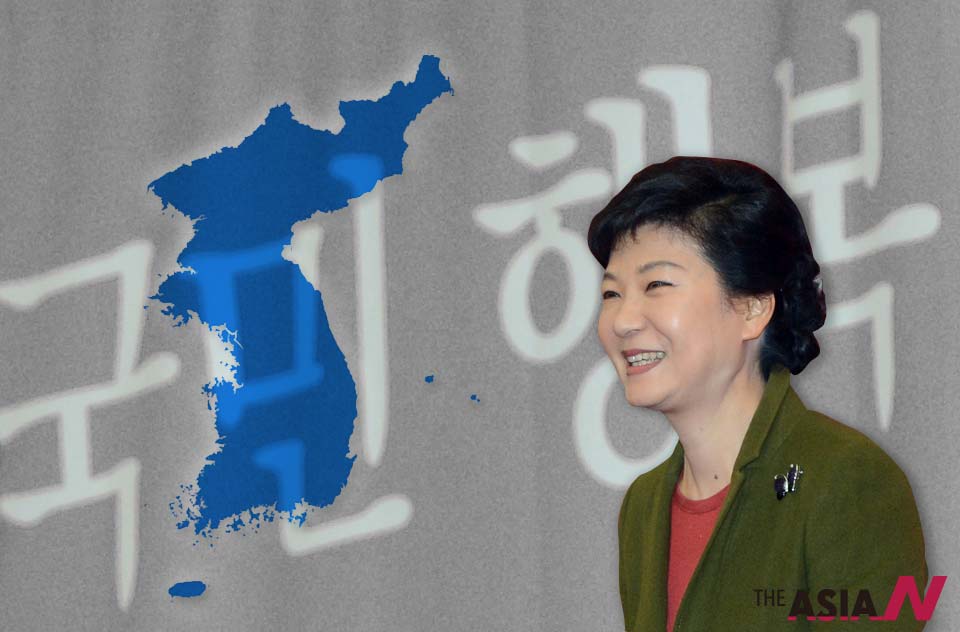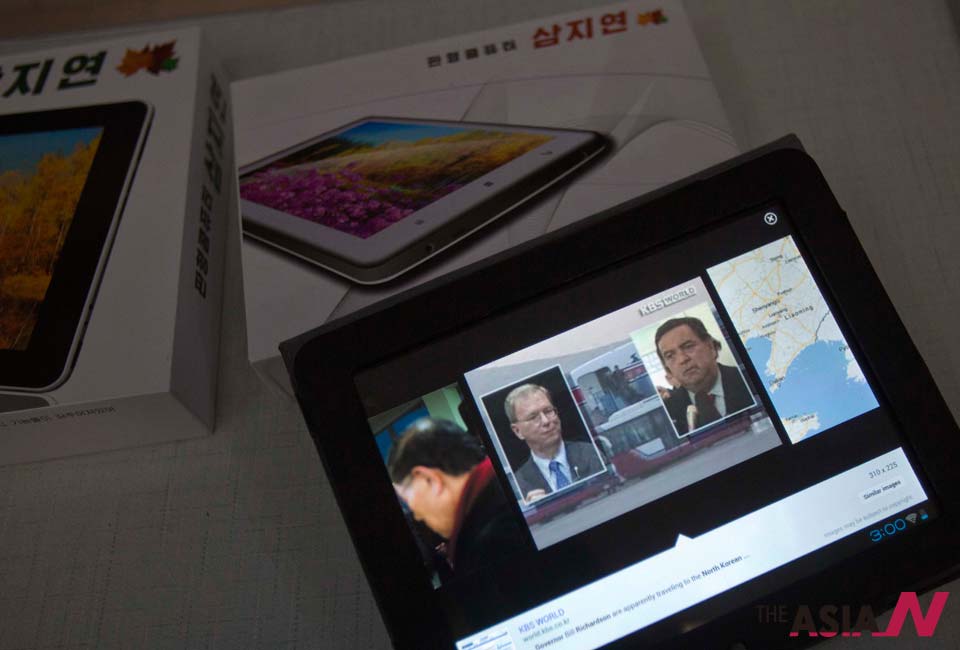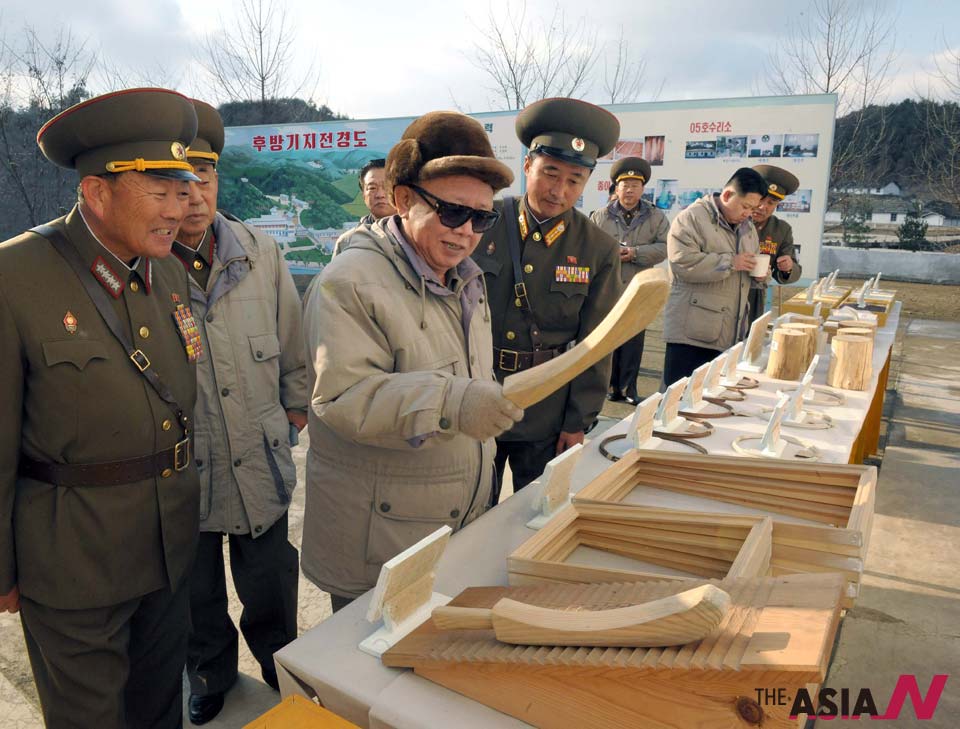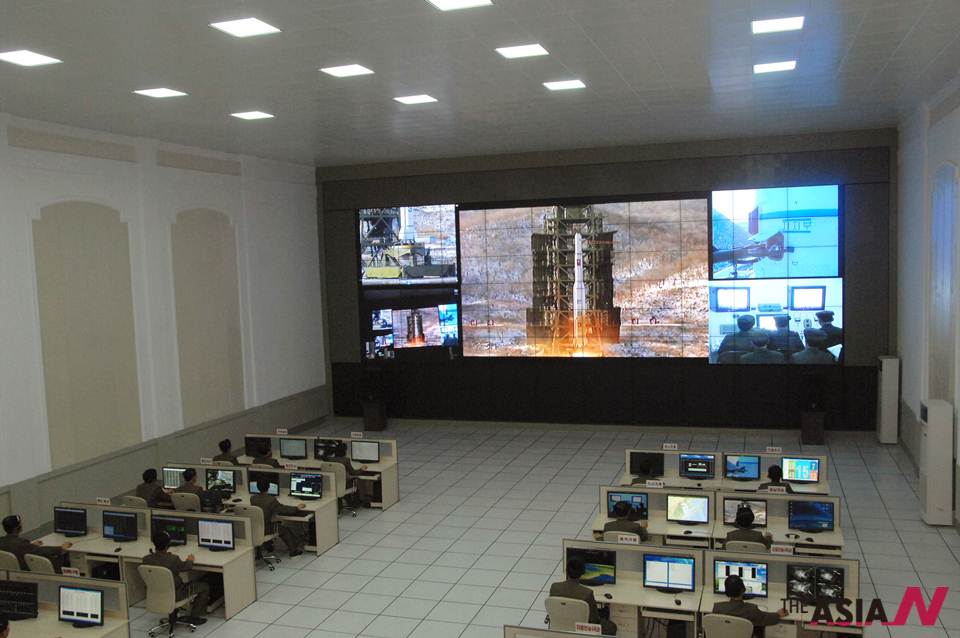Many changes loom in NK under new leadership
After a few months of comparative calm, things have finally begun to move in North Korea. The recent dismissal of Vice Marshall Ri Yong Ho, the de facto supreme commander of the North Korean military, can be seen as the first significant purge of the Kim Jong Un era. This event has predictably provoked much discussion and speculation in the international media.
But it seems that, in the long run, a less high profile event might prove to be more significant and important. The author is somewhat cryptically referring to a concert in Pyongyang unusual for its inclusion of pop music, attended by the supreme leader with a mysterious, and rather attractive, young woman in black.
This might seem a bit excessive, after all the sudden disappearance of Vice Marshall Ri seemingly demonstrates a massive shift in power – in all probability, it seems that the civilian bureaucracy will gain at the expense of the military.
That said, the concert and other changes in policy and style may be more meaningful in the long run. Above all because they seemingly tell us about the policy choices and inclinations of the man who is all but certain to outlive the octogenarian marshals who have predominated in the power elite for the last ten or so years, and play a great role in the future of his country – that is, General Kim Jong Un.
Well, who was that woman in black? Frankly, we do not know, but it hardly matters. There is little doubt what the vast majority of North Koreans thought when they saw the woman standing next to the Young General. In their mind, she surely must be his spouse, and as a matter of fact, they are probably correct.
The concert at which the photo of the couple was taken was remarkable in another regard: it featured some cute kids characters from Disney animation, including Micky Mouse TM himself – the notorious representative of US imperialistic hegemony and greed. The repertoire was also remarkable: Western pop music was unusually well represented, and even some songs from Frank Sinatra were included.
One can say that there is nothing special about a young dictator enjoying pop music played by his court artists in the company of his wife/mistress. But for North Korea, such behaviour is quite unusual. One should remember that Kim Jong Suk, the first wife of North Korea’s founding father Kim Il Sung, was never featured in the North Korean media in her lifetime. Kim Il Sung’s second wife fared only marginally better: her existence was first mentioned (very briefly) by the official media only after some 15 years of their marriage.
Eventually, Kim Song Ae – Kim Il Sung’s second wife’s name – developed some political ambitions and began to be featured in the media, but what was significant is that she was not presented as the wife of her husband but rather as a politician in her own right; the chairwomen of the Woman’s Union. The rise of her stepson put an end to her ambitions, though, and she, like all the other Kim women, disappeared completely from the official media.
Kim Jong Il, the second ruler of the Kim dynasty, was all the more secretive about his numerous paramours than it was the case with his father. He might have occasionally come to receptions for foreign dignitaries with a current mistress, but these women never appeared at public events in North Korea.
The appearance of Micky Mouse is almost as unusual as the appearance of the mysterious woman. While it is true that Micky is not new to North Korea, since he is depicted on many clothes and toys imported from China, the direct homage to an American pop culture icon in official North Korean culture is extremely unusual for a country where anti-Americanism cultural, political and economic has been part of official ideology and culture for decades.
There are signs of other changes too. For example, in recent weeks, foreign observers have begun to spot women sporting blue jeans in broad daylight on the streets of Pyongyang. This is remarkable because for decades, North Korean women have been banned from wearing trousers outside of work. Women have been told that dresses and skirts alone suit the high moral and aesthetic values of Korean socialism.
In practice, the ban on female trousers had been enforced only sporadically, therefore in most cases fashion conscious Pyongyang women could wear this technically illegal article of clothing with complete impunity. Nonetheless, the decision to end the ban is symbolically important.
Girls sporting earrings and other jewellery have also reportedly increased in number. In the past, jewellery has also been subject to bans, even though since the mid-1990s this decades-old ban was sometimes flouted by more affluent and/or better connected women. It is widely believed that Kim Jong Un recently said that jewellery is okay for women to wear.
These observations seem to be rather trivial – the changes in Kim Jong Un’s leadership style, his obvious attempts to appear human and approachable have also been the subject of official propaganda. Many sceptics warn against reading too much into these developments – and they might well be proven right in their cautious approach. Nonetheless there is one thing we should keep in mind. Even though these changes are largely stylistic and symbolic in nature, until recently Kim Jong Un has been capable of influencing only things which are remote from the realm of high politics. The trivial and the symbolic are the only area where Kim Jong Un can exert power at present.
Indeed, the young dictator is not yet an independent player. He is surrounded by the old guard, people who are old enough to be his parents and even his grandparents. All these people were the advisors of his father, who only died merely seven months ago. With the sole exception of Kim Jong Un, the country is still run by the same people who ran it for the last 10 to 15 years. The removal of Vice-Marshal Ri might have changed the power balance within the group, but it does not change the major fact of the North Korean politics: the old are still in full control.
Without his own team, the young ruler is hardly capable of formulating, let alone executing, any new policy on matters of economic, diplomatic or military. It will take some time, perhaps years, before he will acquire his own team of trusted lieutenants who will be able to execute his own set of policies, distinct from that of his father.
Right now this seems to be impossible and so Kim Jong Un has to limit his own decision making to marginal issues. He might not to order a nuclear test (or cancellation thereof) without keeping in mind the opinions of his generals and the old guard. But he is clearly in a position to decide which tunes will be played by his own uniformed court band and with whom he appears with in front of TV cameras at semi-official functions.
Of course, it is too premature and risky to attach much political significance to female trouser-wearing and western pop music. Nonetheless the symbolism should not be overlooked either. It seems that the young dictator wants to see a somewhat less repressive and more liberal country. This is clearly not to the old guard’s liking since they seem to believe that such a liberal, permissive and reforming North Korea will become dangerous and unstable in no time. As a matter of fact, they are likely to be proven correct, but that does not necessarily mean that the new emerging generation of North Korean leaders will share their worries.
It will take a few more years however until we see whether Kim Jong Un is going to start changing North Korea. It will take more time to see whether he will be able to stay in control of forces unleashed by reform. The recent changes should lead us to suspect that a lot of things might start changing in North Korea in the near future, even though currently these changes are largely about pop music and blue jeans.



